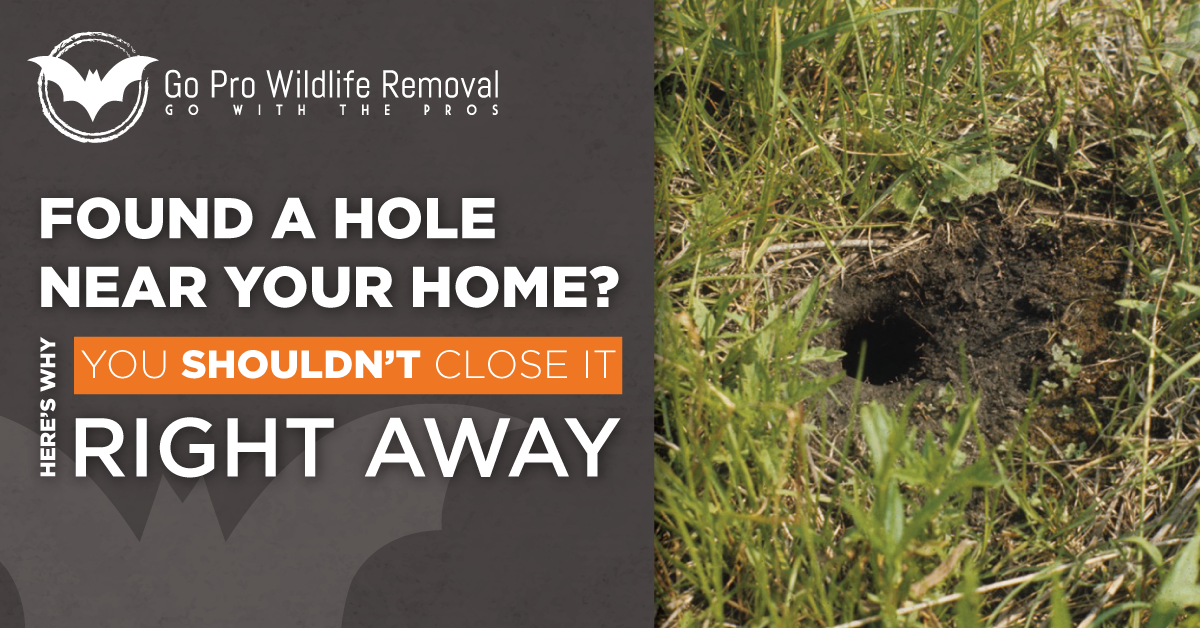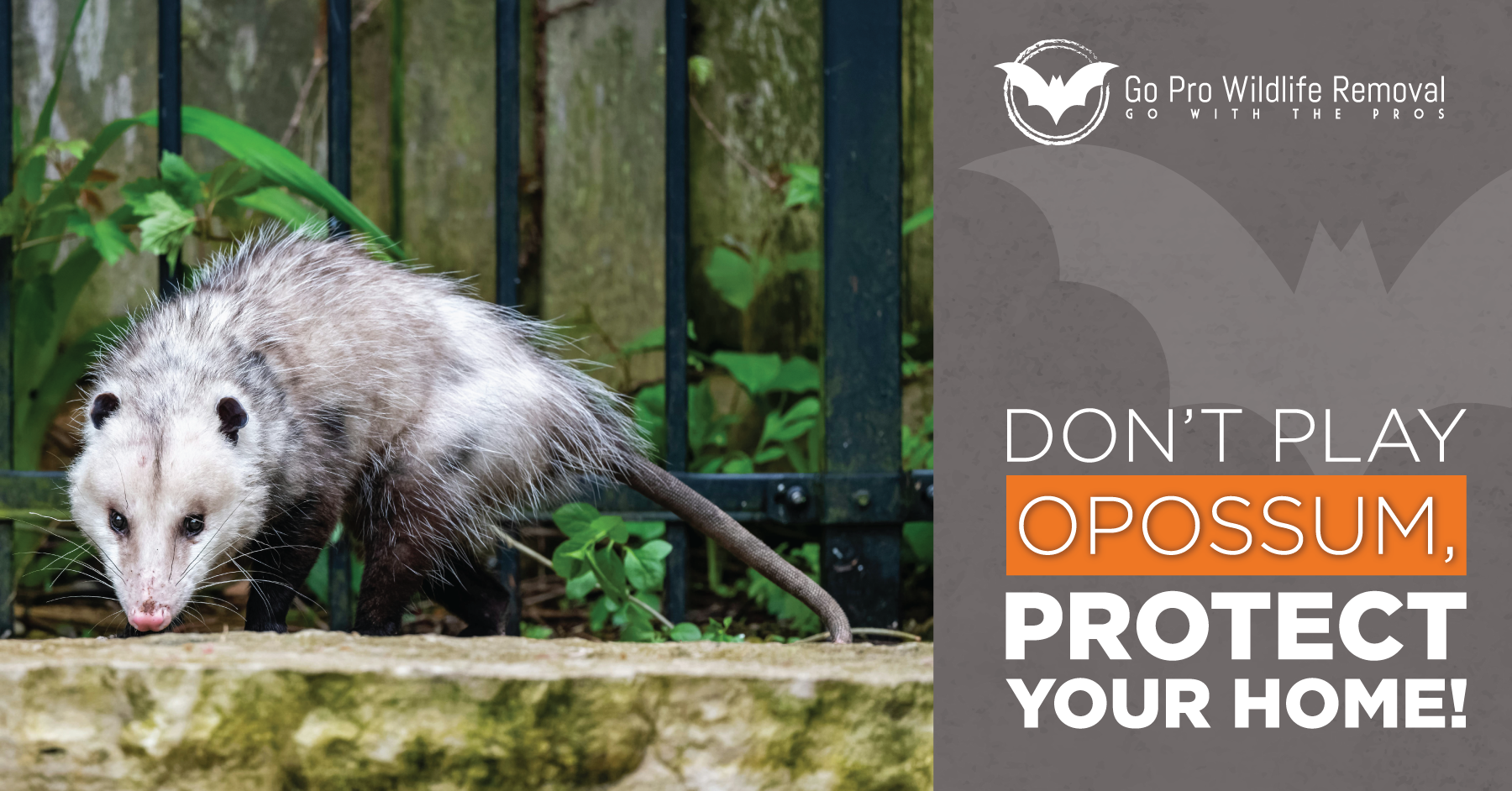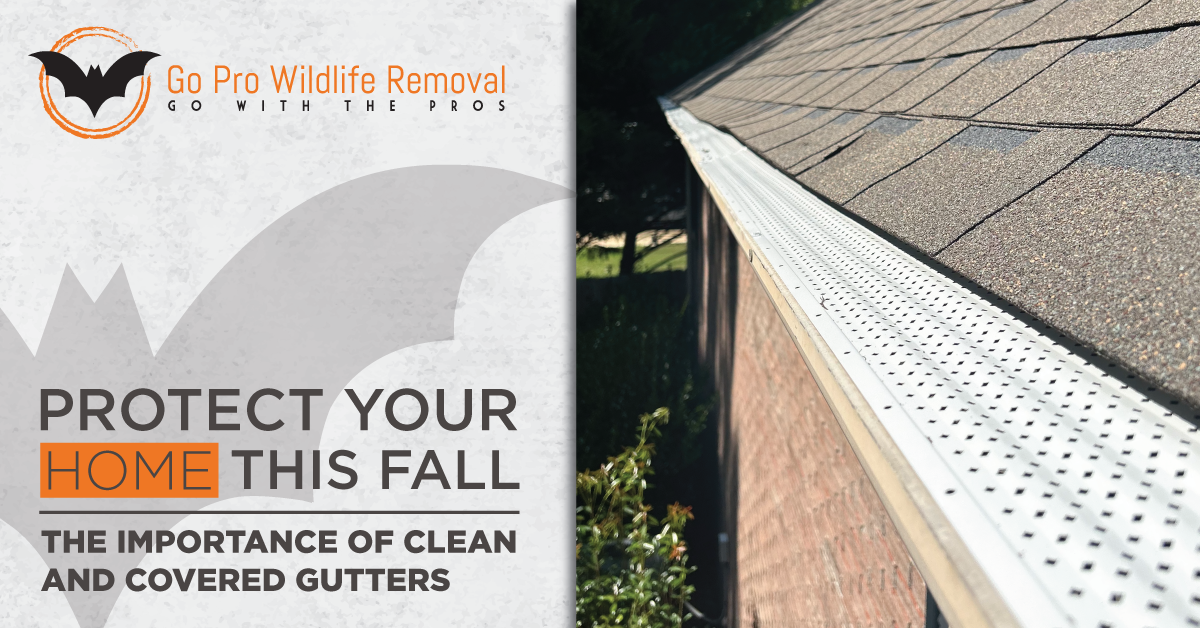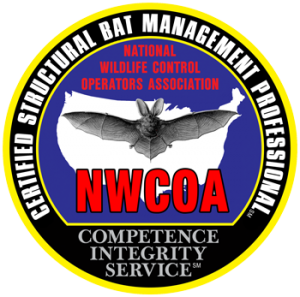by TRINDGROUP
Share
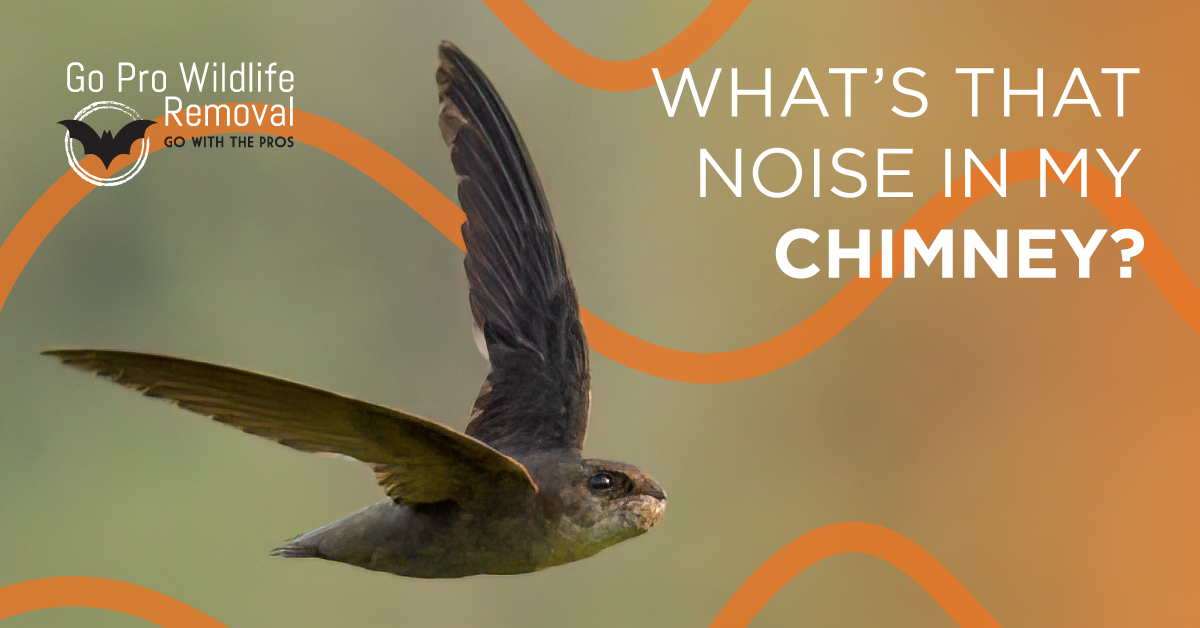
Homes with chimneys are often targets of wildlife. If you have heard strange noises coming from inside your chimney, you are not alone. There are many misconceptions about the types of wildlife that may be seeking shelter and taking up residence in your chimney. Often homeowners think they have bats, when in fact, there is a higher chance it is another type of flying animal.
Chimney Swifts are small, fast-flying birds known for their distinctive, rapid flight and habit of roosting in chimneys. These birds belong to the swift family and are native to North America. Although they are similar, bats and chimney swifts have some defining characteristics, especially when it comes to roosting in urban environments
Swift vs. Bat, reasons the two are often confused:
1. Chimney as a Roosting/Nesting Site
Chimney Swifts: These birds commonly use chimneys for nesting and roosting. Their nests are often attached to the vertical walls of the chimney, and they spend much of their time inside chimneys during their breeding season. Chimney Swift season begins in June and extends through September, however their breeding season typically begins in early May and lasts until mid-July.
Bats: Bats also use chimneys as roosting sites, particularly during the day when they rest or form colonies. Bats inhabit the sides of chimneys, where there is space. Some species of bats, like little brown bats, seek out the dark, enclosed spaces that chimneys provide. Bat season begins in March and extends through November.
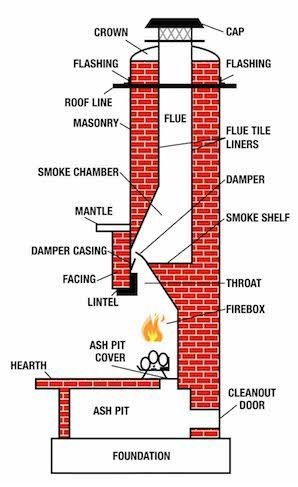
2. Nocturnal/Crepuscular Activity
Chimney Swifts are active during the day, but their feeding patterns often extend into the early evening (crepuscular). Their high-pitched calls and fluttering wings as they leave or return to the chimney at dusk can be mistaken for bats.
Bats are nocturnal and emerge from chimneys and other roosting spots around dusk. Many people assume that the fluttering and chirping sounds they hear during the evening are from bats.
3. Flight and Behavior
Both chimney swifts and bats have rapid, erratic flight patterns, which can make them difficult to identify at a distance. The quick darting motions of swifts during the evening can resemble bat behavior to the untrained eye.
4. How to Identify Chimney Swifts vs. Bats?
Watch for the timing of when the animals are entering or exiting the chimney. If you see activity during the day or at dusk and the creatures are flying out in groups, they are likely chimney swifts. If the activity happens mostly at night, it could be bats.
By understanding the differences between chimney swifts and bats, homeowners can better identify what species is residing in their chimneys. Taking appropriate conservation measures, especially since both animals play beneficial roles in our eco system and by controlling insect populations. Need a little extra help identifying the noise in your chimney? Contact the professionals at Go Pro Wildlife Removal today.
Bat Exclusion Services for Six-Story Building in Capitol Heights, Montgomery, Alabama
In a six-story housing complex located in the Capitol Heights area of Montgomery, AL, a resident discovered a bat in the lobby. After contacting Go Pro Wildlife Removal for assistance, the team uncovered a colony of bats living between the building’s exterior and interior walls. Go Pro Wildlife Removal successfully removed the bats harmlessly from the structure, without causing disruptions to the building’s residents. Read our case study to learn more about Go Pro Wildlife’s expertise in exclusions.
Contact Info
Contact Go Pro today! We offer wildlife removal solutions in Auburn, Opelika, Lake Martin, Valley, Montgomery, AL and Columbus, GA areas.
Phone: (334) 744-0391
Hours: Open 9:00 am – 5:00 pm

